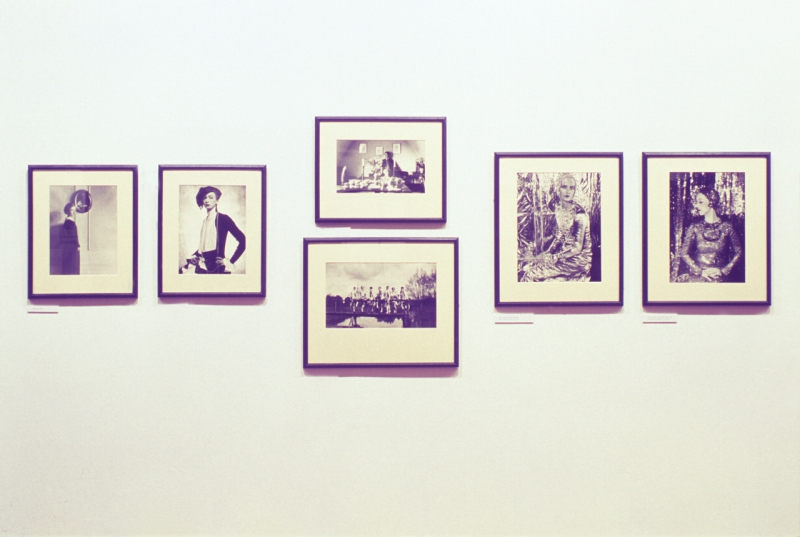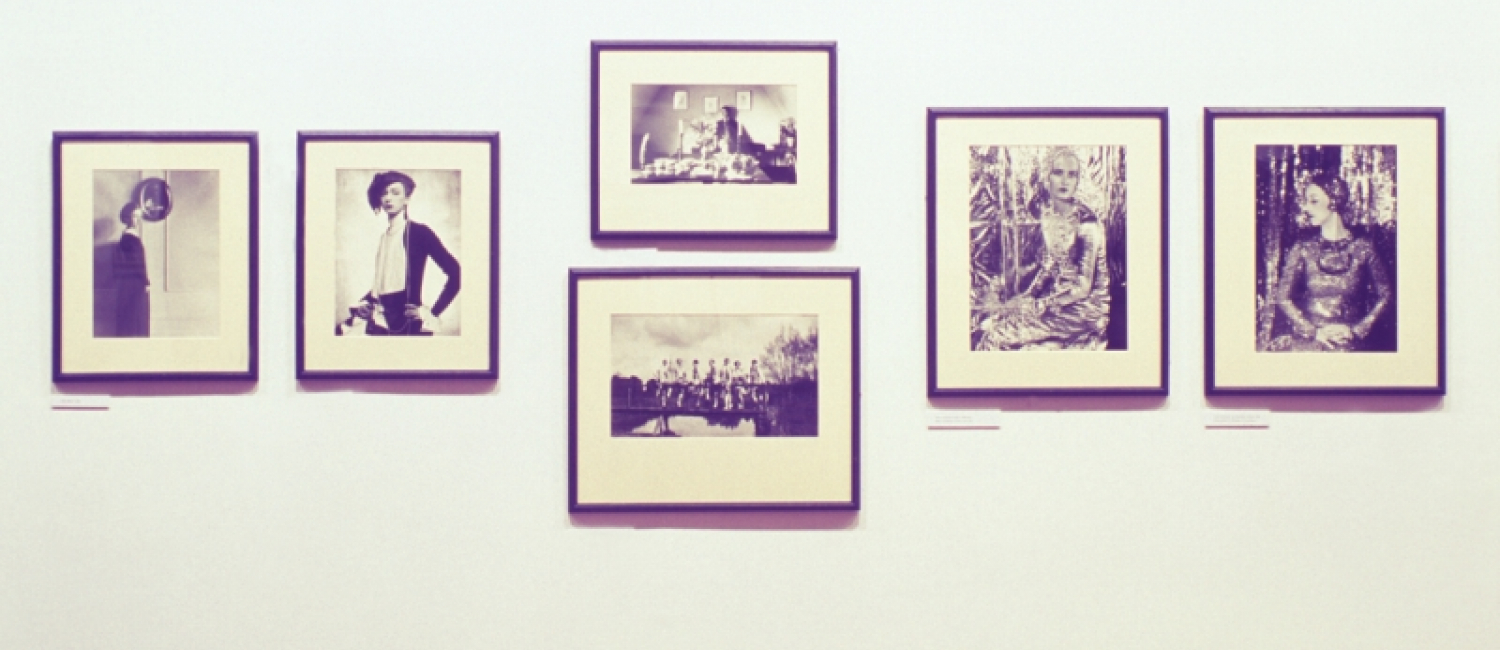Amongst the most seductive of Beaton's photographs are those in which his sense of high styte dramatises and gives a magical aura to an elegant woman dressed in the high fashion of the day, and posed in a grandiose but authentic interior. He employed this seemingly simple device to make fashion photographs with professional models, notably at the outset of his
career with Vogue and in the late forties and fifties, and to portray society figures and beauties. On the face of it, artifice is largely dispensed with, yet the heavily coded images have the remoteness of impossible beauty, the elusiveness of a glimpse into Beaton's vision of perfection.
Central to Beaton's art was a romantic vision of the English countryside. Forest glades, leafy arbours, overgrown garden statuary, a country gate, a tree were employed as settings and picturesque references in his frequent evocations of an Arcadian idyll. Beaton used the landscape for its symbolic value, making reference to the conventions of painting. We find him re-inventing the fête champêtre of the eighteenth century court painter Watteau, or setting solitary figures in finely-detailed landscapes in the great Romantic tradition. He fell in love with the rolling hills of Wiltshire, living at different times in two glorious houses set in beautiful landscapes. His gardens at Ashcombe and Reddish House, and the latter's exquisite winter garden became the setting for many photographs in this Arcadian genre.

